Introduction
Skier’s Thumb is an injury characterized by damage to the ulnar collateral ligament at the metacarpophalangeal (MCP) joint of the thumb. This injury typically occurs when the thumb is forcefully bent backward (hyperextended). Activities such as skiing can lead to this type of injury, especially during falls. Treatment options include immobilization or surgical intervention. Early treatment is crucial for achieving optimal recovery outcomes.
Previously, this condition was referred to as Gamekeeper’s Thumb, reflecting its association with the stretching and tearing of the ligament that can occur while hunting small game.
Anatomy
The MCP joint of the thumb is formed where the head of the first metacarpal bone meets the base of the proximal phalanx. The MCP joint is supported by robust ligaments on both sides, which provide lateral stability. The ulnar collateral ligament is attached to the side of the joint closest to the web space of the thumb and plays a vital role in grasping and holding objects.
Causes
Skier’s Thumb arises when the ulnar collateral ligament is injured due to hyperextension of the thumb. While this injury can occur in various settings, it is particularly common in sports. For example, skiers may sustain this injury if they fall while holding onto their poles, or football players may experience it if their hand becomes trapped in a jersey or face mask during a tackle.
The ligament can sustain a partial tear or may completely rupture. If the ligament ruptures and surrounding tissue becomes trapped between the ends, it results in a Stenner lesion, which complicates healing and typically requires surgical intervention. Alternatively, the ligament can remain intact but pull away a small fragment of bone from its attachment point, leading to an avulsion fracture.
Symptoms
Individuals with Skier’s Thumb often experience pain and swelling at the site of the injury. Bruising or discoloration may also occur, and the MCP joint may feel unstable or weak during pinching, gripping, or holding activities. A Stenner lesion may form near the base of the thumb, causing noticeable swelling or thickening on the palm side.
Diagnosis
Diagnosis of Skier’s Thumb involves a physical examination of the thumb, often supplemented by X-rays to identify any avulsion fractures. Stress X-rays may also be used to assess joint stability. To minimize discomfort during these examinations, a local anesthetic may be administered.
Treatment
For partial ligament tears, treatment typically includes immobilization of the thumb with a thumb spica splint or cast to promote healing. After the immobilization period, patients may need to continue wearing a splint during activities. Hand therapy can aid in strengthening grip and restoring motion.
Surgery
Surgical intervention is recommended for complete ligament tears or avulsion fractures. Surgical repair usually involves suturing the torn ligament back to the proximal phalanx. There are several techniques for this repair. For avulsion fractures, surgical hardware is used to secure the bone fragment. Post-surgery, rehabilitation through hand therapy is essential.
If treatment is delayed for complete ligament tears, reconstructive surgery using a graft may be necessary due to the ligament's compromised condition.
Recovery
Prompt treatment of Skier’s Thumb generally leads to favorable outcomes. Individuals undergoing surgery for this injury can expect to return to their normal activities within approximately three months. However, untreated injuries may lead to complications such as arthritis and chronic instability.
Prevention
To minimize the risk of further injury or complications, it is vital to seek timely medical care for Skier’s Thumb. Early treatment significantly improves recovery prospects. Adhering to a prescribed splint-wearing regimen and engaging in a home exercise therapy program are important for rehabilitation.



